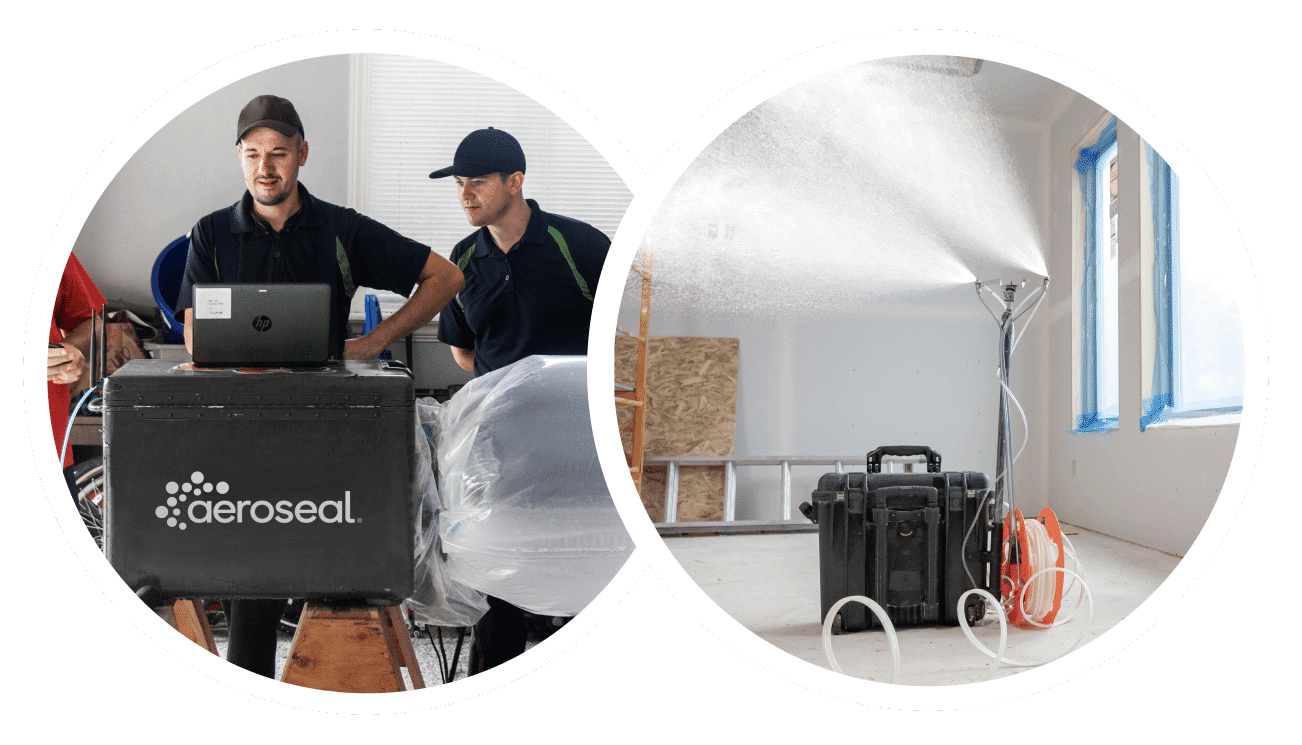What is Aeroseal Duct Sealing?
Aeroseal duct sealing is an automated technology for sealing leaks in ductwork in both residential and commercial buildings. Using a patented, non-toxic aerosol sealant, the process pressurizes duct systems, driving sealant particles directly to leaks to seal them from the inside without coating the entire duct.
Our advanced formula is very low tack, ensuring it only deposits where needed and maintains duct integrity.
Monitored in real-time for coverage and effectiveness, this technology improves HVAC efficiency, air quality, and comfort. Suitable for both new constructions and retrofits, it precisely meets any duct sealing requirement.
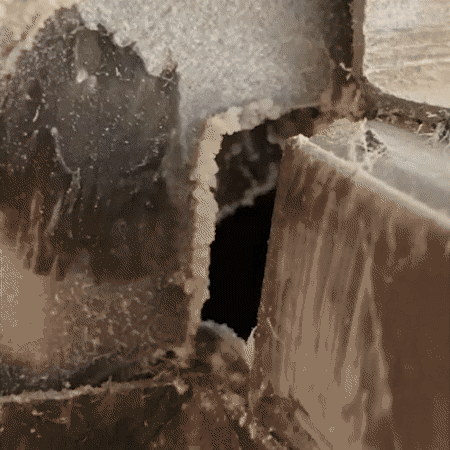
Time-lapse of sealant collecting in gaps and cracks
Duct Sealing in Residential Homes
Duct Sealing in Commercial Buildings
The Process
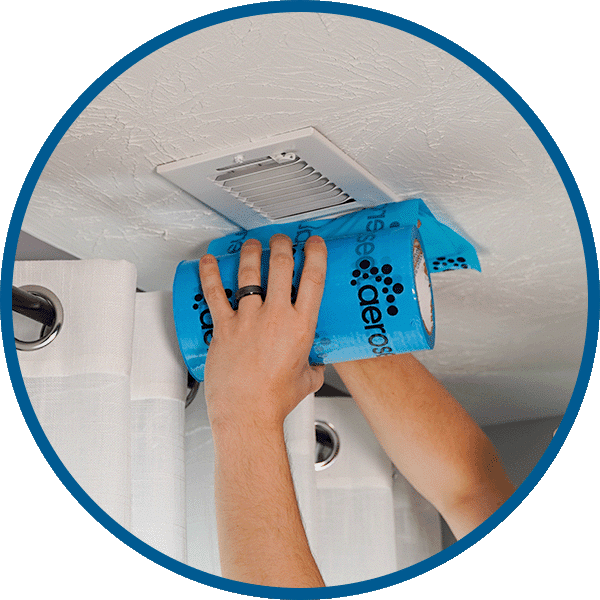
Step 1:
Prep of the ductwork
Protect vital equipment and create pressure inside the ductwork
All registers are blocked or taped to pressurize the ductwork. Vital components, such as furnaces, coils, smoke detectors, and other sensors, are protected to prevent contact with the sealant. The supply and return duct systems are typically sealed separately.
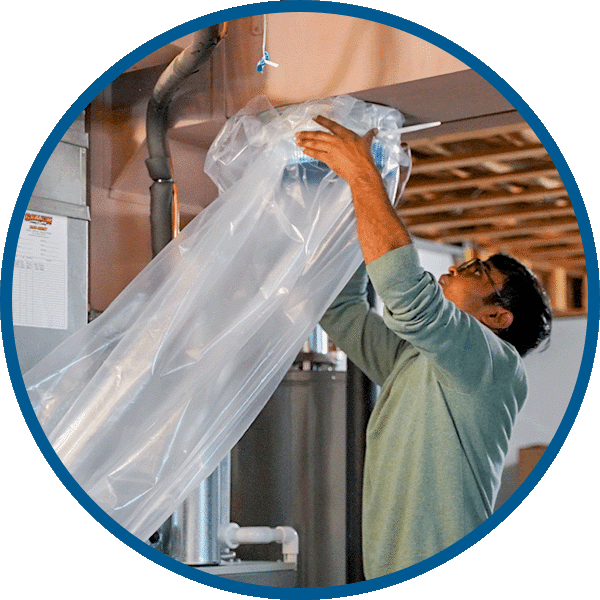
Step 2:
Connect the Aeroseal Equipment
Attach to the ductwork and run a pretest
The Aeroseal equipment is connected to the duct system through plastic lay-flat tubing, either via an existing register or an access hole in the ductwork. A pretest is conducted to measure initial leakage, like a Duct Blaster test. These results are used in the post-seal report to verify the seal's effectiveness and estimate the time required for sealing.
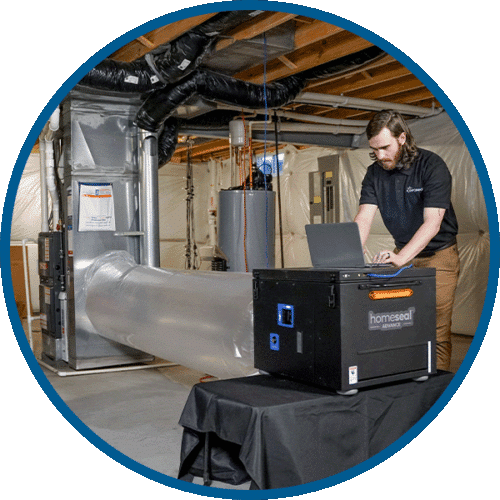
Step 3:
Seal the Ductwork
Inject sealant from the inside the ductwork, sealing only where needed.
The equipment now begins spraying sealant directly into the duct system. Our non-toxic sealant is atomized and sprayed into the lay flat tubing where it’s exposed to heated air, removing moisture from the sealant make it temporarily sticky, allowing it to collect in cracks and gaps in the ductwork.
The sealant slowly builds up overtime, collecting onto itself, like the platelets in your blood after a scrap, until the gap is sealed. The entire process is monitored by our proprietary software, making automatic adjustments to pressure and flow rate to optimize effectiveness.
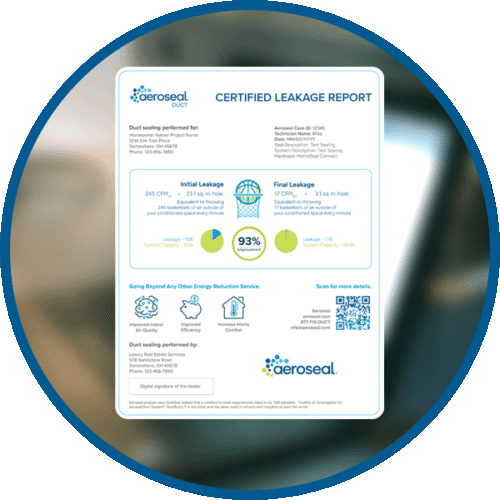
Step 4:
Certify the Results

 Get Started
Get Started
